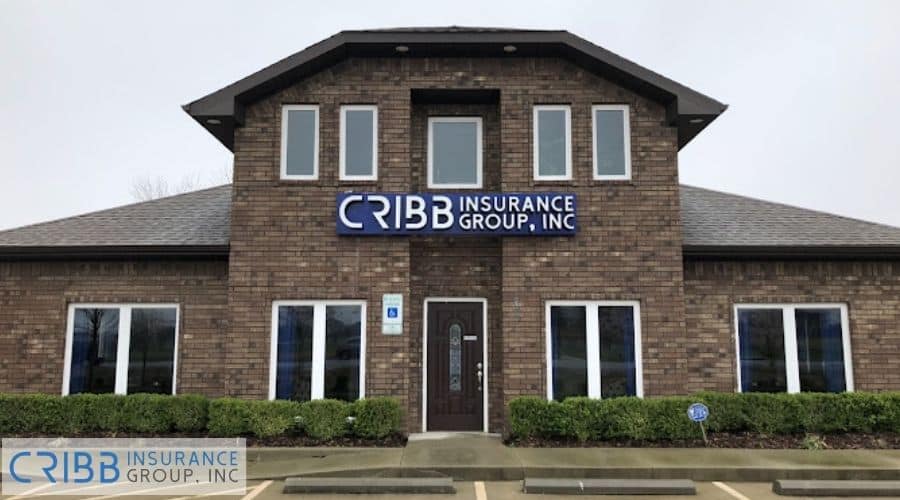If you’re wondering, “What is increasing term life insurance?”, it’s a type of policy where the coverage amount grows over time, often to match inflation or changing financial needs. Increasing term insurance is designed to help policyholders ensure their loved ones are protected as living costs and responsibilities grow. This kind of life insurance differs from level or decreasing term life insurance, offering flexible benefits that increase during the policy’s term.
How Increasing Term Life Insurance Works
Increasing term life insurance works by boosting the death benefit over time. This means that if the policyholder dies later in the term, the payout to the beneficiary will be higher than at the start of the policy. This increase can happen at a fixed percentage each year or be tied to inflation indexes, depending on the policy.
The idea is simple: as your financial responsibilities grow, like raising children, taking on a mortgage, or dealing with rising prices, your insurance keeps pace. It’s especially helpful for people who expect their financial obligations to increase over time and want their life insurance to match that growth.
Policies often start with a lower death benefit, which makes premiums more affordable in the early years. Over time, as the coverage increases, the premiums may go up too, but this varies by insurer. Some policies keep premiums the same and instead factor in the increased cost at the start, while others adjust the premium yearly.

Key Features of Increasing Term Insurance
Before deciding if this type of policy fits your needs, it’s important to know the key features of increasing term insurance:
- Growing Death Benefit: The amount paid to beneficiaries increases over the policy term.
- Premiums May Change: Some policies keep premiums level; others raise them as coverage increases.
- Inflation Protection: Helps maintain the real value of the payout by keeping up with inflation.
- Fixed or Indexed Increases: The increase can be a fixed percentage (like 5% annually) or tied to inflation indexes such as the Consumer Price Index (CPI).
- Term-Based Coverage: This is not permanent life insurance; it only lasts for a set period (e.g., 10, 20, or 30 years).
These features make increasing term insurance a smart option for people with growing families or rising financial responsibilities.
How It Compares to Other Life Insurance Types
When comparing life insurance options, it helps to see how increasing term life insurance stacks up against other common types. Here’s a breakdown:
| Type of Life Insurance | Coverage | Premiums | Best For |
| Level Term Life Insurance | Fixed death benefit throughout the term | Stay the same | People with stable financial responsibilities |
| Decreasing Term Life Insurance | Death benefit decreases over time | Often lower and fixed | Covering debts like a mortgage that reduces over time |
| Increasing Term Life Insurance | Death benefit grows over time | May increase or be higher from the start | Families expecting rising costs or income |
Increasing term insurance provides more flexibility than decreasing term insurance, and more growth potential than level term policies. However, it can be more expensive due to the rising benefits.
Who Should Consider Increasing Term Insurance?
Increasing term life insurance isn’t for everyone, but it’s a great fit for certain life stages and financial goals. You might consider it if:
- You’re in your 20s, 30s, or 40s and expect your income or expenses to rise.
- You have young children and want more coverage as they grow.
- You’re planning to take on new debts (like a mortgage or business loan).
- You want protection that can keep pace with inflation.
- You’re looking for affordable coverage today, with the benefit of more protection later.
For parents and young professionals, it offers a smart way to align your life insurance with the way your responsibilities will grow over time.
Benefits and Drawbacks at a Glance
Like any policy, increasing term insurance has its pros and cons. Here’s a quick overview to help you weigh the choice:
| Pros | Cons |
| Helps protect your family against inflation | May be more expensive than level or decreasing term insurance over time |
| Adapts to rising financial obligations | Premiums can increase, depending on the policy |
| Can start with lower premiums compared to permanent insurance | No cash value or investment component (unlike whole life insurance) |
| Offers flexibility in planning long-term financial security | Ends after a set term, no lifelong coverage unless converted |
Understanding these trade-offs will help you choose the best policy for your family’s future.
How to Get Started with Increasing Term Life Insurance
If you think increasing term insurance might be a good fit, here’s a simple step-by-step guide to help you get started:
- Assess Your Needs: Think about how your financial obligations might change, kids, home, inflation, etc.
- Set a Term Length: Choose how long you’ll need coverage (10, 20, or 30 years are common options).
- Compare Policy Options: Some insurers offer fixed increases, while others adjust based on inflation.
- Review Premium Structures: Make sure you understand if and how your premiums will change over time.
- Get Help from a Trusted Advisor: Speak with a licensed insurance agent who understands your goals.

Ready to See If Increasing Term Life Insurance Is Right for You?
Choosing the right life insurance can feel overwhelming, but you don’t have to figure it out alone. Now that you understand what is increasing term life insurance, you can see how this policy type offers flexible protection that grows with your life. Whether you’re planning for your children’s future or thinking ahead about rising living costs, increasing term insurance can be a valuable tool in your financial plan.
Cribb Insurance Group Inc is ready to help you explore your options with expert guidance. Contact us to learn more about life insurance in Bentonville to protect your family’s future.
Frequently Asked Questions
Is increasing term life insurance renewable after the term ends?
Some increasing term life insurance policies offer the option to renew coverage after the term ends, though the renewal may be subject to age limits and a new health assessment.
Can I convert increasing term insurance to permanent life insurance?
Yes, many increasing term policies include a conversion option, allowing you to switch to permanent life insurance without a medical exam, typically within a set time frame.
What happens if I outlive my increasing term life policy?
If you outlive the policy term, the coverage ends, and no payout is made. You may choose to renew, convert, or buy a new policy depending on your current needs and eligibility.
Does increasing term life insurance require a medical exam?
Some policies require a medical exam during application, while others offer simplified or no-exam options. The requirement depends on the insurer and the amount of coverage applied for.
How does the death benefit increase in an increasing term policy?
The death benefit typically increases annually by a fixed percentage (like 5%) or is linked to an inflation index, helping your coverage keep up with rising financial needs.





